What’s the Difference Between Double Dynos and Deadpointing?
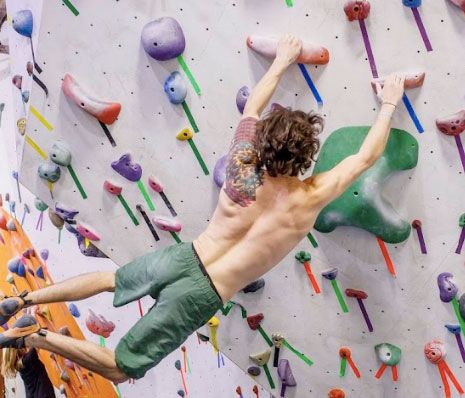
Why Start With a Double Dyno? A double dyno is the most extreme form of a dyno. A climber literally jumps with both hands from a starting set of holds to the next set. This is in comparison to a single dyno, which we will cover in the next article. Despite being extreme, the double […]
What Most Climbers Get Wrong About the Locking Off Technique
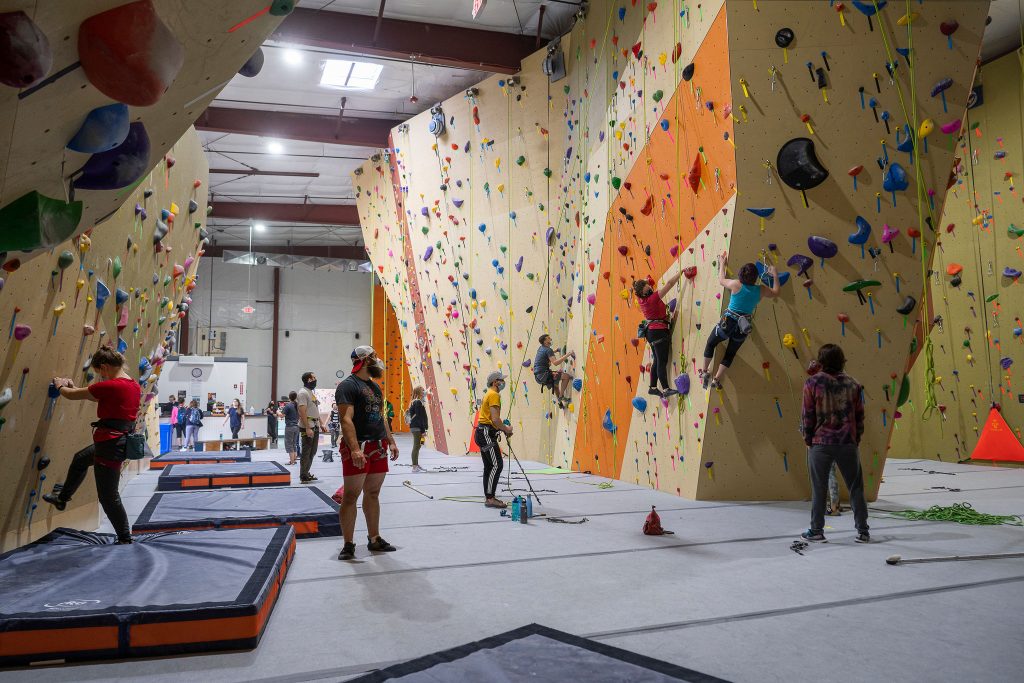
What is Locking Off? In climbing, the term locking off is when a climber tries to hold a position on the rock wall. The arms are usually bent around a 90-degree angle. Climbers hold their arms at this angle to help with balance and staying in one place. Lock offs are not really a new […]
A Quick Climbing Tutorial on High Stepping

Why Do You Need a High Step? High steps become more and more common as slab and vertical moves get harder. A high step is difficult to precisely define. In general, it is a foothold for your higher foot that is placed above where a climber can simply “shift and sit” on their heel. […]
Dynamic Climbing 1.0: Deadpointing

What is a Deadpoint? Deadpoints are the foundation of dynamic climbing. It’s a movement pattern that aims to use momentum, rather than pure strength, to accomplish a move. The term deadpoint comes from a simple illustration of basic physics. If you take a baseball and throw it up into the air, at a certain […]
How to Practice Climbing at Speed

Speed Climbing vs Climbing at Speed? The simplest way to introduce the feel of dynamic climbing is to start climbing “at speed.” It is likely that you have some passing familiarity with the sport of speed climbing. It’s a race to the top of the wall. Speed climbing as a sport is related to “normal” […]
Enhance Your Movement in Climbing: Dynamic Weight-Shifting
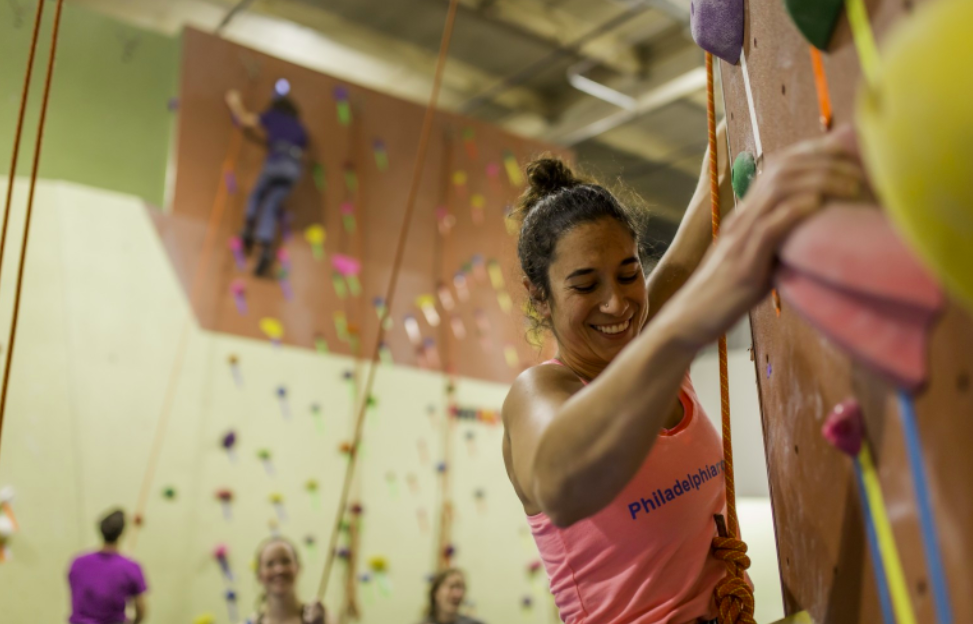
What Does it Mean to Be Dynamic in Climbing? Dynamic movement takes advantage of the momentum generated during a move to propel your body (most notably, your hips) up to the next hold. As such, dynamic climbing reduces the amount of work your muscles need to use (especially your arms) to reach the next hold, […]
How to Save Even More Energy When Climbing
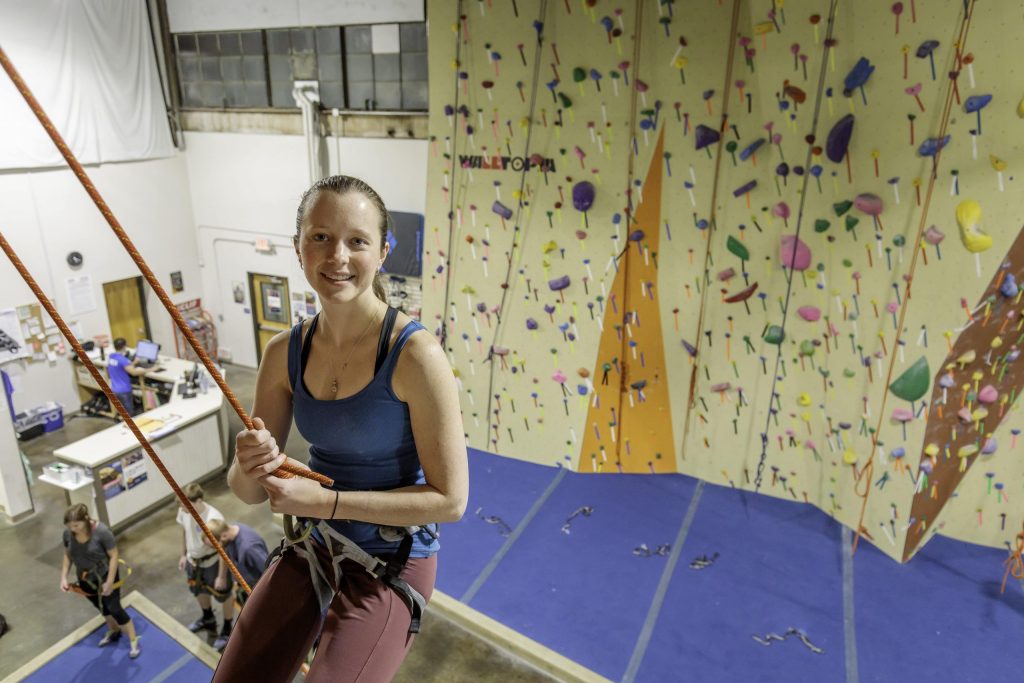
Don’t Over-Grip Your Holds. As you become a better climber, holds get harder. What do you do? Don’t over-grip. On technical climbs, holds get smaller and more sloped. Keeping your arms straight for as long as possible goes from being efficient to being necessary. Over-gripping is not only a result of keeping arms bent but […]
What is Smearing? A Simple Guide to This Climbing Technique
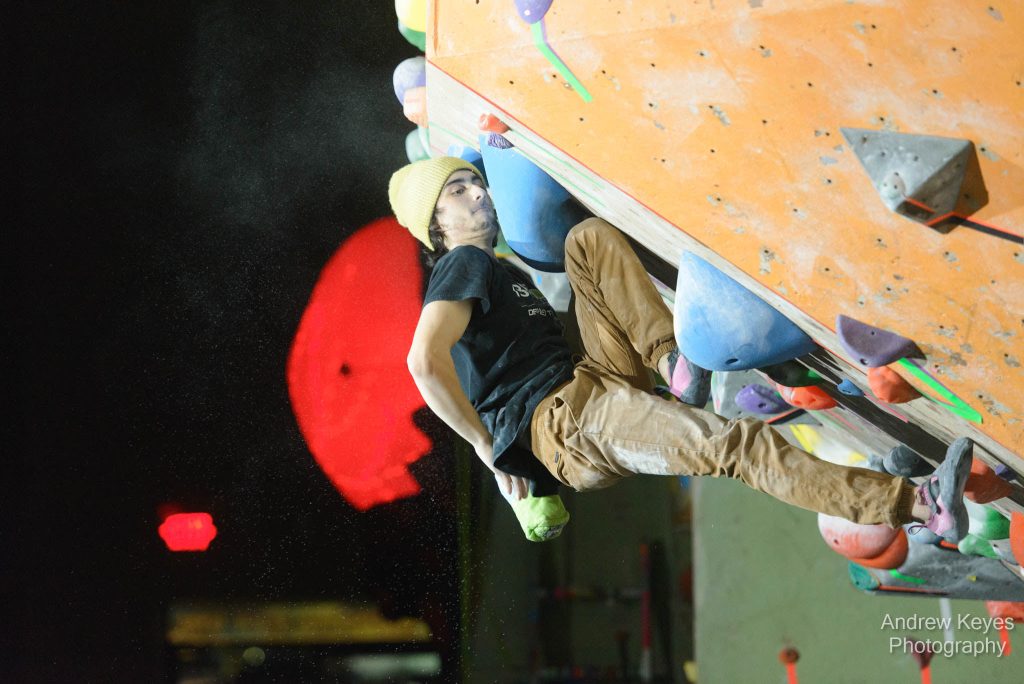
So, What is Smearing? Smearing, simply put, is using the surface of the wall as a foothold. This lower body skill is one of the few areas in climbing where getting your hips as close as possible to the wall is not the optimal position. Why? Because, in order to get enough friction for a […]
Enhance Your Climbing with This Essential Skill: Foot Switching
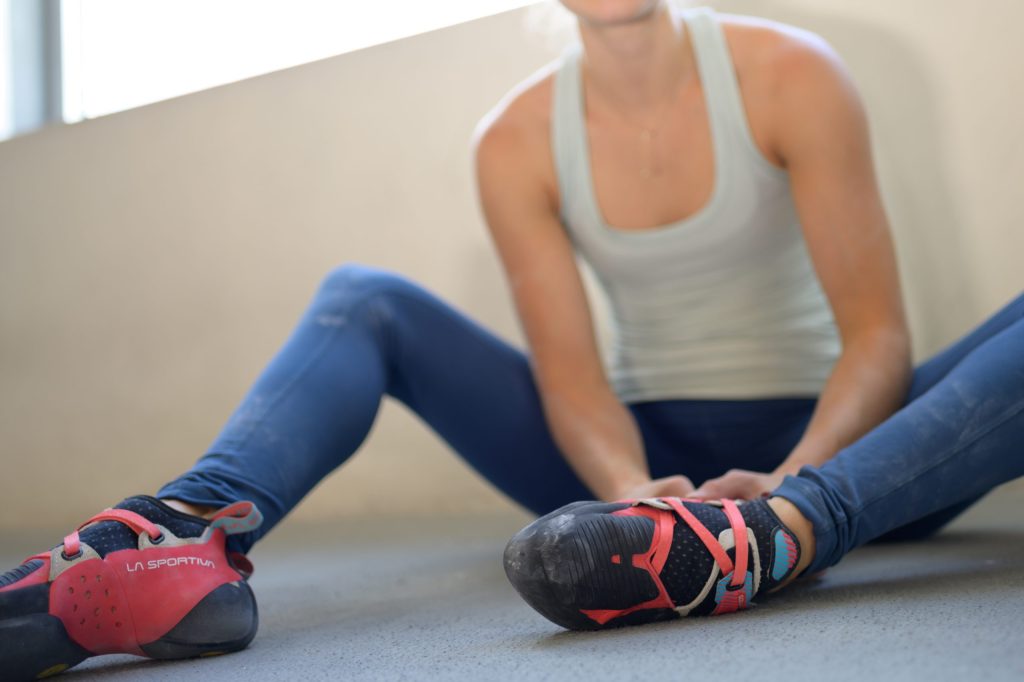
It’s All About Your Foot (Well, Feet). Foot switching is a lost art for indoor climbers, but one which has a great deal of practical value. Add this technique to your repertoire of climbing skills and it will prove itself essential. So, what is it exactly? Foot switching is the process of swapping one foot […]
6 Climbing Habits to Unlearn
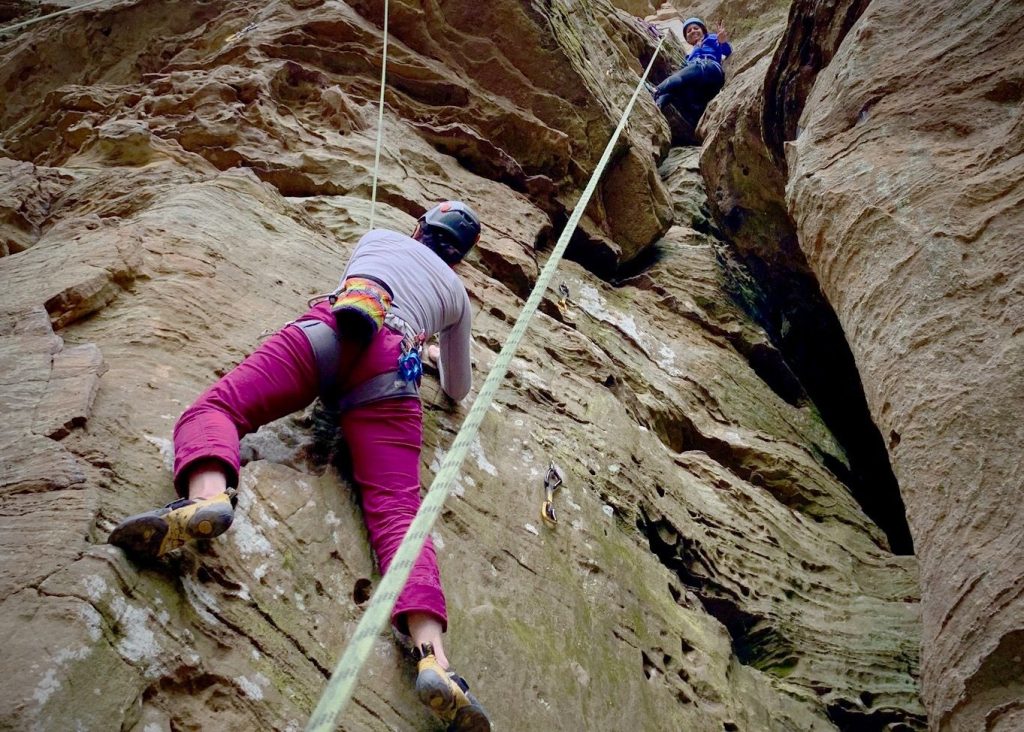
Usually, we focus on the new skills that you will want to master to increase your performance and reduce wasted energy. These are the “do’s” of good technique. But let’s talk about 6 climbing habits to unlearn. In this article, we will discuss habits that climbers tend to bring into the sport which can […]